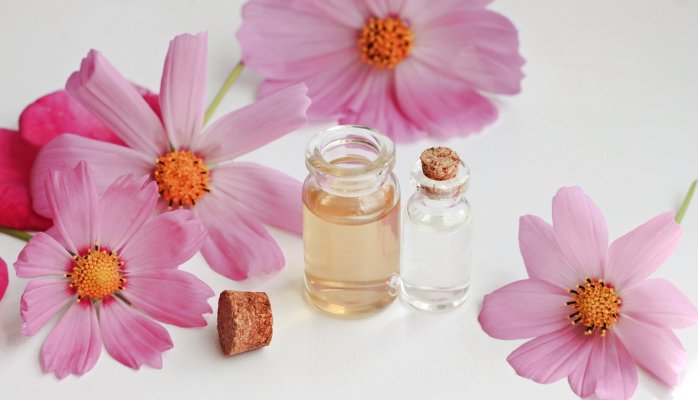
The following article has been copied directly from The Age Australia. It covers brilliantly the problems with Indoor Air Quality, Sensitivities, Labelling and the problem with many Green Chemicals. I highly recommend you take the time to read and feel free to share, like or comment.
Since the smoke stacks of the industrial revolution, pollution has affected our health and environment.
In Australia, organisations like the Environmental Protection Authority (EPA) thankfully regulate our air quality, by monitoring and enforcing industry compliance related to a range of environmental pollutants.
Yes, outdoors, we can breathe easy but this isn’t the case once we go indoors.
Anne Steinemann is a University of Melbourne expert in environmental pollutants who warns more than 90 per cent of exposure to pollutants that affect human health occurs indoors.
“Currently the indoor air environment of offices, homes, schools and other buildings is unregulated and unmonitored,” she says.
“The primary sources of indoor pollutants are building materials and consumer products. They often contain certain volatile organic compounds (VOCs), including known carcinogens and neurotoxins which can trigger ill health.”
Professor Steinemann has encountered children who have had seizures and asthma attacks caused by air fresheners, and who are unable to go to school if air fresheners are in use.
She is very familiar with cases where office workers have become critically unwell in their office environments due to fragranced products, and she has also encountered people who have become ill after using common household products, with symptoms ranging from breathing difficulties to headaches or rashes.
“Sick Building Syndrome became mainstream in the 1980s and can be due to a combination of air conditioning ventilation systems, molds, gases from building materials, office machinery, carpets, furniture, fabrics, paints, and of course fumes from products we bring into the building,” she says.
“Some ‘green’ buildings may have good energy ratings or low carbon footprints but if they are sealed environments, which can concentrate pollutants, they can have poor indoor air quality.
“Having poor indoor air quality actually doesn’t make economic sense, as the cost to human health and productivity can be a tremendous cost to an employer,” Professor Steinemann says.
We all have different levels of immune system response to indoor irritants but the individuals who have become especially sensitive to fragrances and consumer products are often referred to as having ‘environmental illness’.
Professor Steinemann suggests we need to listen to them.
“People with environmental illness are like human canaries. They can tell us when our environment is sick.”
In her most recent research paper Professor Steinemann investigated a range of common consumer products including cleaning and laundry supplies, air fresheners and personal care products, including those called ‘green’ and ‘organic’, as well as fragranced and fragrance-free products.
The analysis of 37 common consumer products, including 17 that claim to be ‘green’, ‘organic’ or ‘non-toxic’, emitted more than 150 different volatile organic compounds (VOCs) of which 42 were classified as toxic or hazardous under US laws.
So some ‘green’ products tested contained similar hazardous volatile compounds to those in regular products. These products were commonly used in the home, schools, hospitals, workplaces, hotels, and other indoor environments.
“Surprisingly, fewer than three per cent of ingredients were disclosed on the product label or safety data sheet,” Professor Steinemann says, “largely because Australian law does not require makers of consumer products to list all their ingredients.
“Given the lack of information, consumers may turn to products such as ‘green’, ‘natural’ or ‘organic’ but those are often just unregulated and untested marketing claims. For example, when people see descriptions of ingredients on detergents like ‘biodegradable surfactants’ they think that sounds benign. But the problem is what’s not said; the companies don’t list everything else in the detergent,” Professor Steinemann says.
“The ingredients of a ‘fragrance’ do not need to be disclosed in any product, and a fragrance can be a mixture of several dozen to several hundred chemicals. In addition, fragrance chemicals can react with ozone indoors to generate a range of additional pollutants such as formaldehyde and ultrafine particles.”
Professor Steinemann is calling for better product labelling so consumers can understand what they are being exposed to.
“I’d like to see indoor air environments become healthier spaces, and to have better labelling on products that provoke many individuals to suffer ill health.”
Anne Steinemann is Professor of Civil Engineering and the Chair of Sustainable Cities at the University of Melbourne.
Download Professor Steinemann’s report on pollutants and product labelling at:
https://people.eng.unimelb.edu.au/asteinemann/steinemann-2015.pdf
Follow us: @theage on Twitter | theageAustralia on Facebook
If you found this topic interesting then you may also like one of my more popular posts about chemical sensitivities .